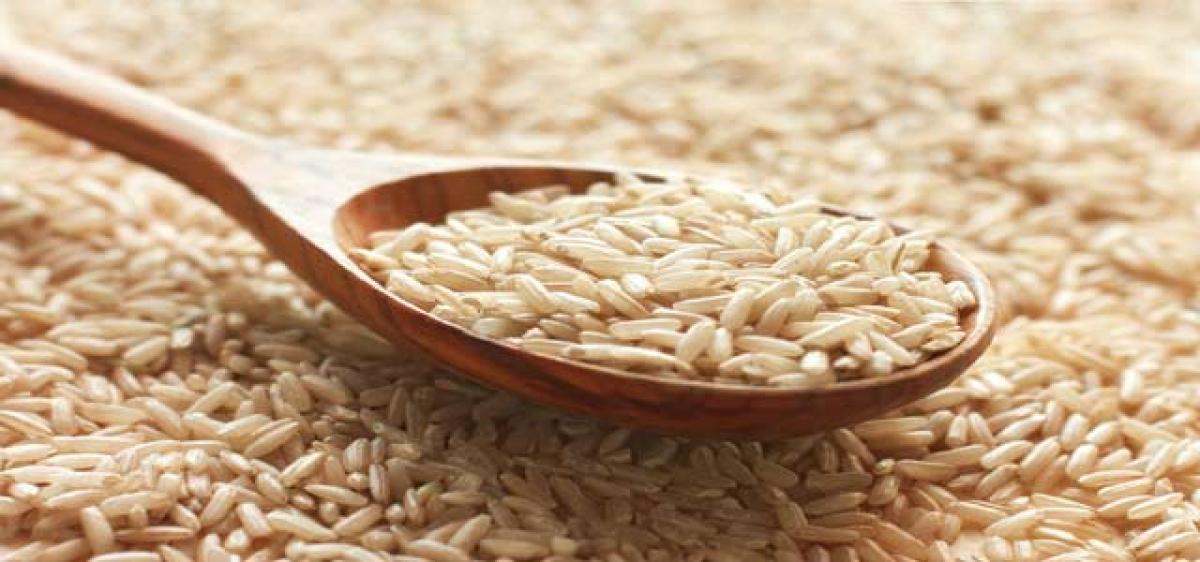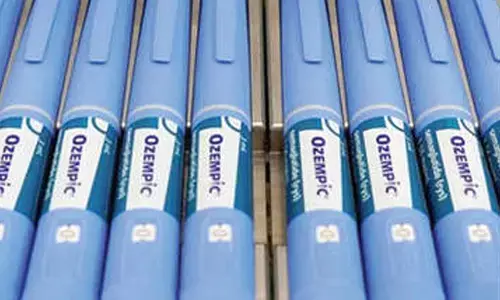Certification for low glycemic index rice soon

With a little experience and expertise, consumers may perhaps be able to make out the difference between high-quality and low-quality rice just by its appearance or physical attributes.
Hyderabad: With a little experience and expertise, consumers may perhaps be able to make out the difference between high-quality and low-quality rice just by its appearance or physical attributes. However, it is difficult for anyone to discern the intrinsic qualities and properties just from the external appearance.
- Low glycemic index rice good for diabetes
- Rice millers and traders dishing out fake varieties
- IIRR initiatives to curb manipulation by rice millers
For instance, consumers can pick and choose the most palatable variety, when it comes to health-related rice with low-glycemic index value we have to rely solely on information printed on the package or that given by the traders. Low-index glycemic rice varieties which is considered as a healthy option for persons with Type 2 diabetes and a host of other conditions, is fast becoming a hot favourite among consumers in India and abroad.
Glycemic index comprises a set of parameters based on the duration for rice to be digested. Low-index rice is considered ideal because of long time it takes to be digested accompanied by slow and controllable rise of blood sugar and insulin levels. Preference for this variety has gained momentum because of its ‘good’ carbohydrate and slow digestion characteristics.
Millers and traders who could envision some fast bucks come their way are capitalizing on the high demand are branding fake varieties as low index glycemic rice and pushing them into the markets. Millers are also exploiting the rice farmers those who are not aware of the true value of this variety by procuring this variety at a cheap price.
Hyderabad-based Indian Institute of Rice Research (IIRR) which was instrumental in identifying three rice varieties with low glycemic index - Lalat (GIS.17), BPT 5204 (GIQ.42) and Sampada (GIQ) for the first time in India is now initiating a series of fool-proof measures which may in the near future ensure consumers the original variety and farmers the best price.
Dr Ravindra Babu, Director, IIRR informed The Hans India that the Institute was entering into a tripartite agreement with ANGRAU and the millers to ensure that consumers get the original varieties and farmers the original seeds.
“The certification for these varieties will be done by IIRR and the ANGRAU. We are also putting a cap on prices so that the miller cannot sell at his own price. The IIRR has directed the millers to supply only the pure varieties. We are also signing a MoU with the miller so that we can identify the farmers who are supplying the low glycemic index rice.
The millers will be asked to come to the location where this variety is being cultivated. The Institute has also developed DNA markers for identification of low glycemic index rice. After identifying the variety we are asking the millers to pay the farmers a higher price,” he said adding that IIRR will on its part certify that the rice procured by the miller is the genuine low glycemic variety.
The IIRR has also asked the miller to allot exclusive mill for these low glycemic varieties so that there is no mixing with other varieties. “Through these measures we can monitor the rice at every stage, from the field to the packaging level. This will also ensure that consumers get the original rice at the right price,” he said.
Low glycemic index variety is grown on a cumulative 50 lakh acres in more than 10 states in India, including Andhra Pradesh where the cropped area for this variety is around 2 lakh acres. Presently, the output of this variety is 3,000 tonnes per hectare. Apart from the domestic demand, low glycemic rice has substantial exports, next only to basmati rice. There is a huge market for this variety, but the potential can be tapped only by ensuring the original variety.
By Satyapal Menon




















